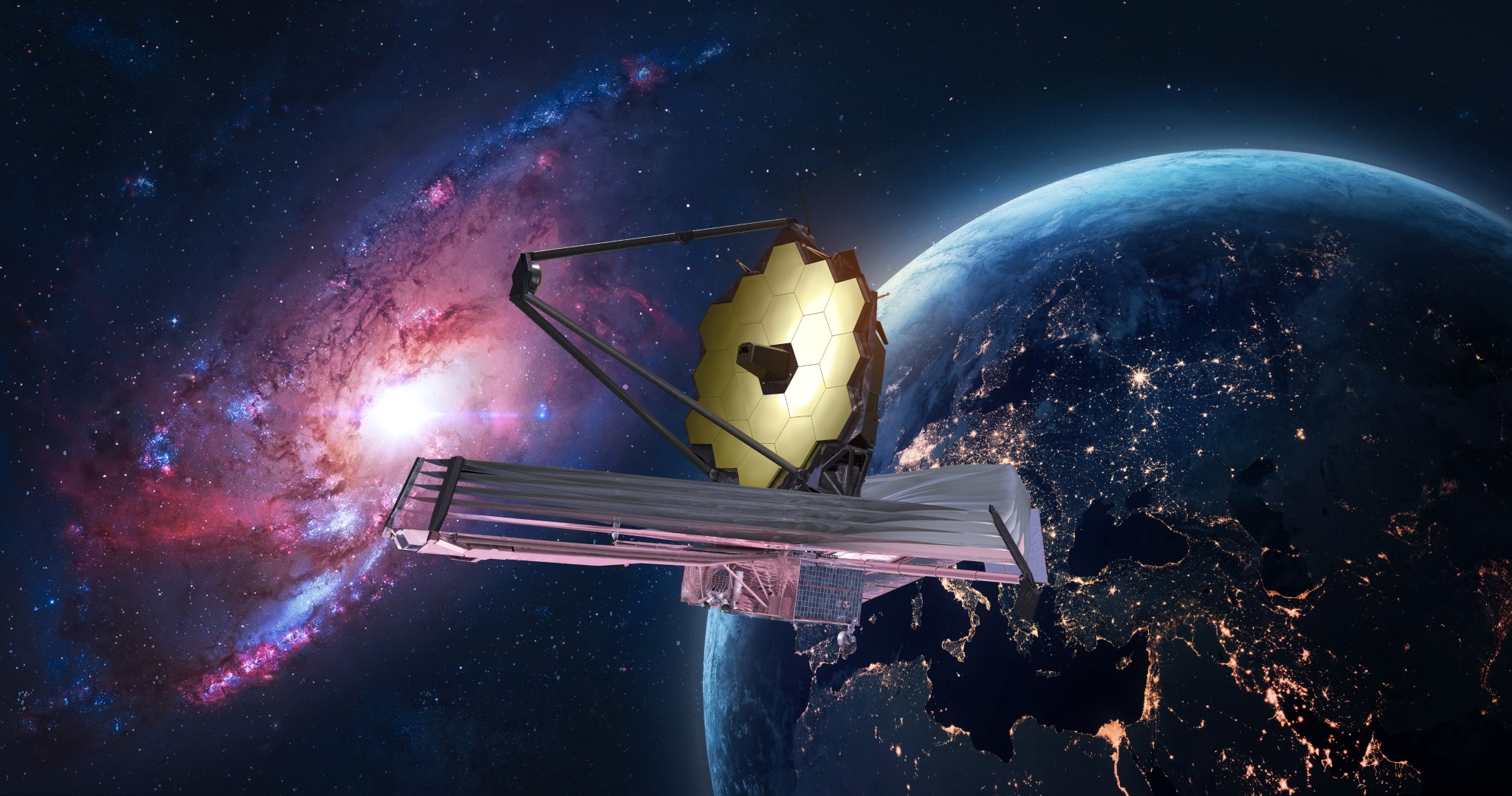Webb Telescope Captures Oldest Galaxies Yet Seen
Dr. Hugh Ross speaks to CBN about the latest James Webb Space Telescope discoveries
Original Article: Webb Space Telescope Captures Oldest Galaxies Yet Seen by Astronomers
Written by John Waage
“In the beginning, God created the heavens and the earth.” — Genesis 1:1 (NKJV)
NASA’s Webb Space Telescope has captured amazing images of early galaxies that were previously unseen by astronomers. The findings need more verification, but they may have been formed, according to scientists, just 350 million years before the universe was created. That would make the cluster of stars the oldest yet known to mankind.
The Webb telescope was launched last December from Cape Canaveral as the successor to the pioneering Hubble telescope. In just months it has relayed images of galaxies that may adjust the cosmic timeline.
An international team headed by Rohan Naidu of the Harvard-Smithsonian Center for Astrophysics published the findings in the Astrophysical Journal Letters. The article centered around two extremely bright galaxies.
“This is a whole new chapter in astronomy.”
Webb researchers found 2 early galaxies, one of which may contain the most distant starlight ever seen. These 2 unexpectedly bright galaxies could fundamentally alter what we know about the very first stars: https://t.co/1MrIy1TAkL pic.twitter.com/TI1ZpFWJPG
— NASA Webb Telescope (@NASAWebb) November 17, 2022
Scientists are examining two different theories about the clusters, which were explained in a NASA press call Thursday. One is that galaxies are exceedingly large and include many “low-mass” stars, and thus began to form millions of years earlier than other galaxies.
The other theory is that the galaxies are comprised of “Population III” stars – ones which weren’t on scientists’ radar screens but may have been composed of helium and hydrogen gases that were lighter elements and burned so brightly that they appeared larger than they actually were to the lens of the Webb telescope.
Garth Illingworth at the University of California-Santa Cruz, the co-author of the article in the Astrophysical Journal Letters, told reporters “We are seeing such bright, such luminous galaxies at this early time, that we’re really uncertain about what is happening here.”
Christian astronomer Hugh Ross has his own perspective on the quest for the “holy grail” of the Big Bang theory. He explains it in detail in his Reasons to Believe blog spot. Ross maintains, “The biggest of all holy grails for astronomers is the quest to observationally affirm a cornerstone of the biblically predicted big bang creation model.1 That cornerstone is that the universe’s first stars will be comprised of 76% hydrogen, 24% helium, a trace amount of lithium, and no other elements.”


